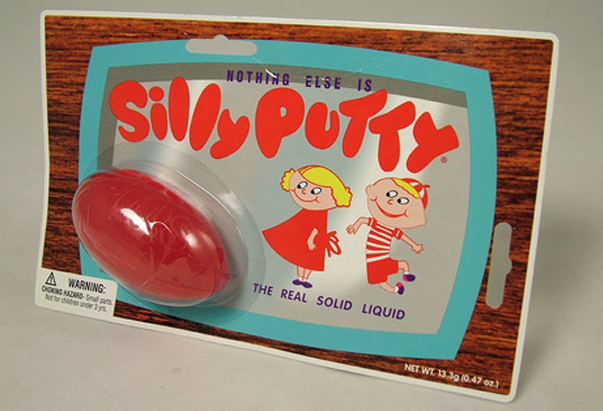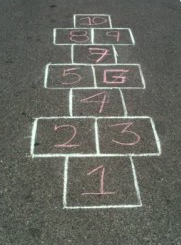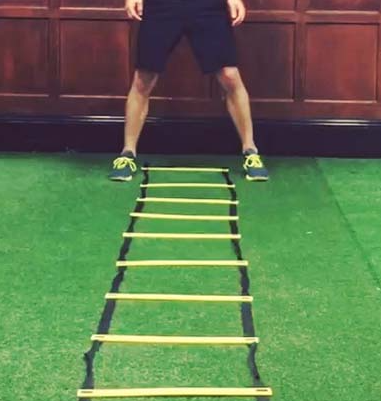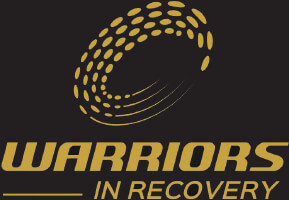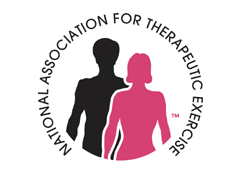Every time I mention Prolotherapy to someone, I am amazed at how many people say that they have never heard of this. Then, I refer to athletes like Coby Bryant and Tim Duncan and explain how they have had PRP Prolotherapy and all of the sudden they say, “oh, yeah…I’ve heard of that stuff. So, do you have bad knees?” I laugh and then continue into the explanation of what and how prolotherapy works.
I’ll defer this answer now to the “expert”…and I mean one of THE EXPERTS in this field. From what I understand, there are only about 35-40 highly experienced prolotherapy doctors in the United States (yes, a ton of other doctors do these injections across the U. S.). I have never met any MD who understands the body and functional movement quite like Dr. Bradley Fullerton. He takes the time with you to figure out the root drivers to your musculoskeletal pain. A boatload of thanks goes out to Dr. George Fett (a prolo expert in Rome, Italy) for referring me to Dr. Fullerton!
[wpvideo jchCtEdB]
So, why am I getting prolotherapy? Believe it or not, I have always been pretty active in my life. From the tender age of 6, I have participated and competed in everything from Gymnastics, Ballet, Tap, Jazz, Cheerleading, Springboard Diving, Swimming, Softball, Track & Field, Tennis and Golf. Throughout the years, I have had more than my share of sprained ankles, strained muscles and musculoskeletal pain.
A cheerleading injury I had during my sophomore year in high school is the primary reason for a majority of my aches and pains today. I fell about 5 feet and hit the ground on my left scapula and thoracic spine area in a stunt dismount mishap. As I was falling, all I could think of was “OMG, turn yourself around so that you do not land on your head and snap your neck!” I ended up landing in a twisted position that day injuring a number of areas including my Glute Medius (but didn’t know it at the time).
Years after this fall, I experienced countless muscles spasms and severe pain as my body learned to recruit other muscles for compensations. Runner’s knee swelling and pain, lumbar spine discomfort, sprained ankles… all due to my injuries and femur instability. Despite my involvement in professional sports and movement analysis, I never figured out my own root driver. That is, until I met Dr. Bradley D. Fullerton.
Initially, I went to Dr. Fullerton to get a prolotherapy shot in my elbow after my mentor and friend, James Waslaski , treated my golfers elbow at an orthopedic seminar I was attending a couple of years ago (This is where I met Dr. George Fett). As he examined my elbow, Dr. Fullerton asked me to show him the movement I did when I injured it. I showed him my down swing and explained to him how I hit something hard in the ground and how this something was obviously the cause of my golfers elbow.
Dr. Fullerton reminded me how it’s important to keep in mind the interplay between my elbow and shoulder girdle in this motion. In particular, how the upper trapezius and levator scapulae originates on the spine and the latissimus dorsi involvement. This relationship with the shoulder has implications that affect the scapula-thoracic joints. For example, poor scapular stabilization increases activity of the upper trapezius for stabilization, which in turn increases scapular elevation and stress on the cervical origin of the trapezius, lats and fascia. In short, my shoulders were putting a tremendous amount of stress on my scapula and this stress can lead to a number of other changes in the body.
Next thing I knew…Dr. Fullerton was now examining my scapula-thoracic area. When he did this and compared my right to my left side, he asked me “have you ever fallen and hurt this left part of your back before?” I first responded “No” and then said, “Oh, wait a minute, yes, back in high school!” He then proceeded to show me where my injury had never healed properly on the sonogram. PURE GENIUS!
From here, I looked at so many things differently in the body. On a recent visit with Dr. F, I asked him about Glute Medius and Minimus, hip stability in regard to my fall. I explained my “Twisted Fall Impact” theory to him and next thing I knew we were scheduling an appointment for a sonogram for my Glute Medius and Minimus and discussing his theories.
You may be wondering how two simple muscles can be such relevant players in keeping your posture erect. The simple fact is that they’re key pieces in keeping your movement stable, so that when you walk or run, your hips are able to act as a support system for your upper and lower body. Someone who is chronically weak when in motion is likely experiencing less than adequate support from these muscles, which places a lot of strain on other systems within the body and can tire you out very quickly.
This brings us to today…me getting PRP Prolotherapy for a big tear in my Glute Medius.
Step One: My PRP Blood Draw
[wpvideo W2INsR0Q]
